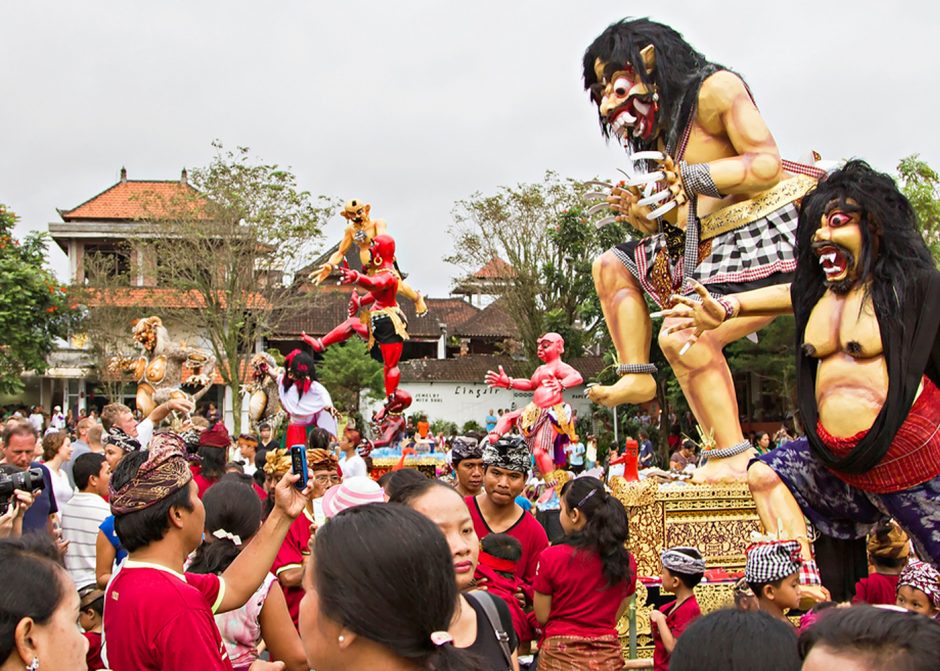Nyepi, also known as the Day of Silence, is a significant holiday in Bali where locals observe a day of introspection and meditation. But before the island falls silent, the Balinese people celebrate the arrival of Nyepi with a series of colorful and lively festivities. One of the highlights of this prelude to Nyepi is the creation and display of ogoh-ogoh. Giant paper-mâché effigies representing demons and other mythological creatures. In this article, we will explore the festivities leading up to Silence Day in Bali, from the creation of ogoh-ogoh to the ritualistic ceremonies that occur in the days leading up to the day of silence.
The Significance of Ogoh-Ogoh in Bali’s Festivities
The ogoh-ogoh parade is an important part of the festivities leading up to Nyepi. Local communities create these giant effigies, which can stand several meters tall, to symbolize the negative energy and evil spirits that must be purified before the day of silence. The community spends months preparing the creation of ogoh-ogoh, parading the finished product through the streets while accompanied by traditional music and dancing. The sight of the colorful and often menacing-looking effigies is a spectacle that draws locals and tourists alike.

The Melasti Ceremony
Another important ceremony leading up to Nyepi is the Melasti, which takes place three to four days before Silence Day. This ritual involves purifying sacred objects, such as temple heirlooms and statues, in the sea or other bodies of water. The Melasti is also an opportunity for the Balinese to give thanks and ask for God’s blessings.
The Tawur Kesanga Ceremony
They hold the Tawur Kesanga ceremony on the eve of Nyepi. It involves the symbolic sacrifice of animals to appease the demons and evil spirits that may still linger in Bali. The ceremony remains an important part of the Nyepi festivities, although people now perform the actual sacrifice with coconut husks instead of live animals.
The Eve of Nyepi
As the sun sets on the eve of Nyepi, the streets of Bali become alive with activity as people participate in the ogoh-ogoh parade and other festivities. The sound of drums and cymbals fills the air as the giant effigies are paraded through the streets, accompanied by dancing and traditional costumes. It is a night of noise and merriment, a last chance to release negative energy before the island falls silent.
Nyepi: The Day of Silence
Finally, the day of Nyepi arrives, and the island falls into complete silence. The streets are empty, the lights are turned off, and even the airport is closed. Balinese people are not allowed to leave their homes, and tourists are asked to respect the day of silence by staying inside their hotels. It is a day of introspection and meditation, a time to reflect on the past year and look forward to the future.
In conclusion, the festivities leading up to Nyepi are important to Balinese culture and tradition. From the creation and display of ogoh-ogoh to the ceremonial rituals that purify the island. The Balinese people take great care to prepare for the day of silence. And while the actual day of Nyepi may be a time of stillness and introspection, the lead-up is a time of joy and celebration. This a reminder of the importance of letting go of negative energy and embracing positivity and hope for the future.